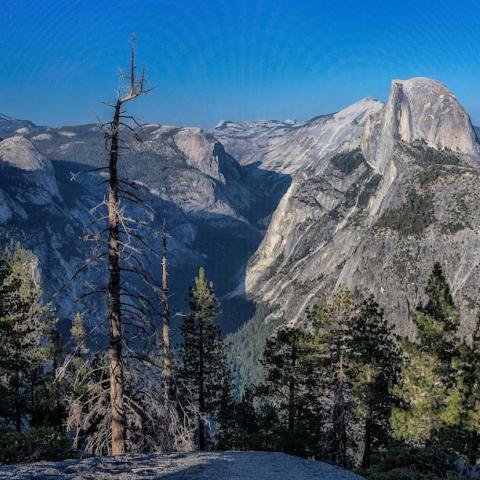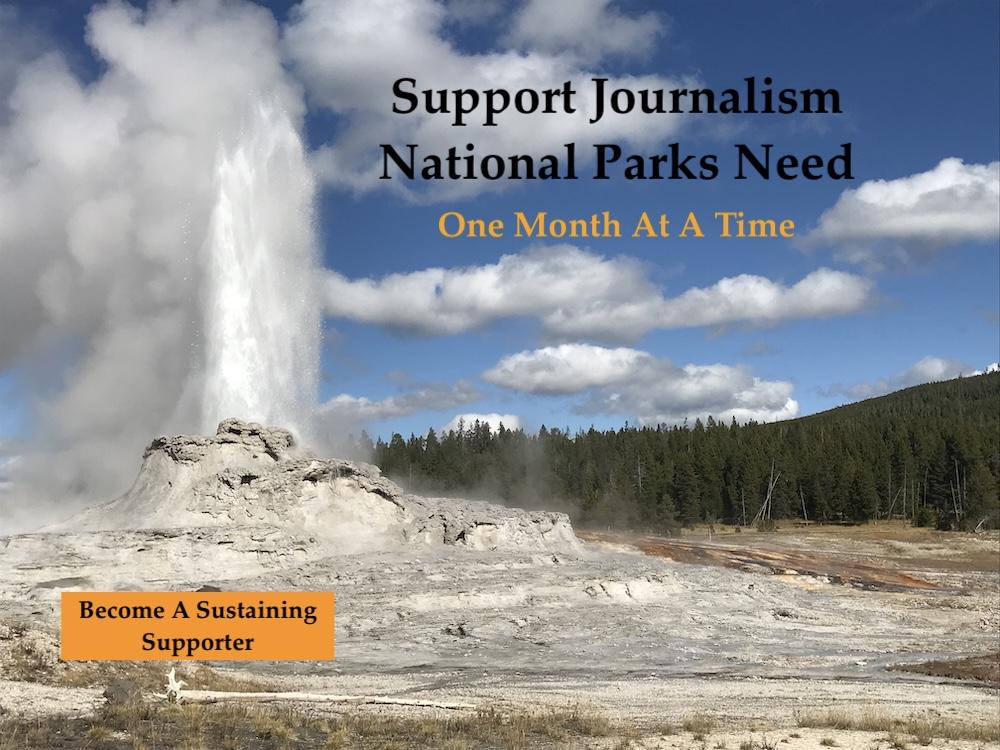
Scientists are trying to find the cause of sequoia deaths in Kings Canyon, Sequoia, and Yosemite national parks/NPS
Researchers are trying to determine why some mature sequoia trees in Sequoia, Kings Canyon, and Yosemite national parks have died.
The studies were prompted by the deaths of at least 30 mature sequoias in Kings Canyon and Sequoia and several in Yosemite between 2014 and 2019.
To understand which trees are in danger, the first step is discovering where water in their xylem (water transport tissue) actually comes from—whether it's drawn from long-lasting underground reserves, or shallow surface moisture susceptible to drought. Believe it or not, scientists can tell the difference between surface and groundwater by tiny differences in the atoms that make water molecules (to get technical, it's called an "isotopic signature").
This past summer researchers began looking for answers high in the canopy of the Mariposa Grove in Yosemite. By analyzing isotopic signatures from xylem samples taken before and after prescribed burns, they can begin to answer the big questions:
- Do trees in wet and dry environments depend on the same water source?
- Does that change with the season?
- Does fire damage change where a tree gets its water?
- Can fuel reduction before a burn mitigate that damage?
Until data collection and analyses finish, the National Park Service won't know the answers. But it's a drama that's playing out in real time—threatening the parks' ability to protect sequoia groves in the face of climate-driven droughts. Even these forest giants balance on a narrow margin of survival.




 Support Essential Coverage of Essential Places
Support Essential Coverage of Essential Places







Comments
I can promise you burning tons of jet fuel isn't helping the environment